How The Age Of Mars Rovers Began
Perseverance is the fifth rover to land on the Red Planet. NASA scientists remember Mars Pathfinder’s Sojourner—the 90s experimental endeavor that started it all.
 Do you want to go back in time with Science Friday? Sign up for our newsletter to get more never-before digitized stories and audio bites from our archives!
Do you want to go back in time with Science Friday? Sign up for our newsletter to get more never-before digitized stories and audio bites from our archives!
Summer was in full swing in Pasadena, California, and Donna Shirley was spending America’s Independence Day baking outside on the Mall of NASA’s Jet Propulsion Laboratory (JPL). “I was out burning up. It was so hot,” recalls Shirley, then manager of the Mars Exploration Program at JPL. While she roasted in the Southern California heat with news reporters, Shirley and her team hoped that their lander wasn’t actually burning up on Mars.
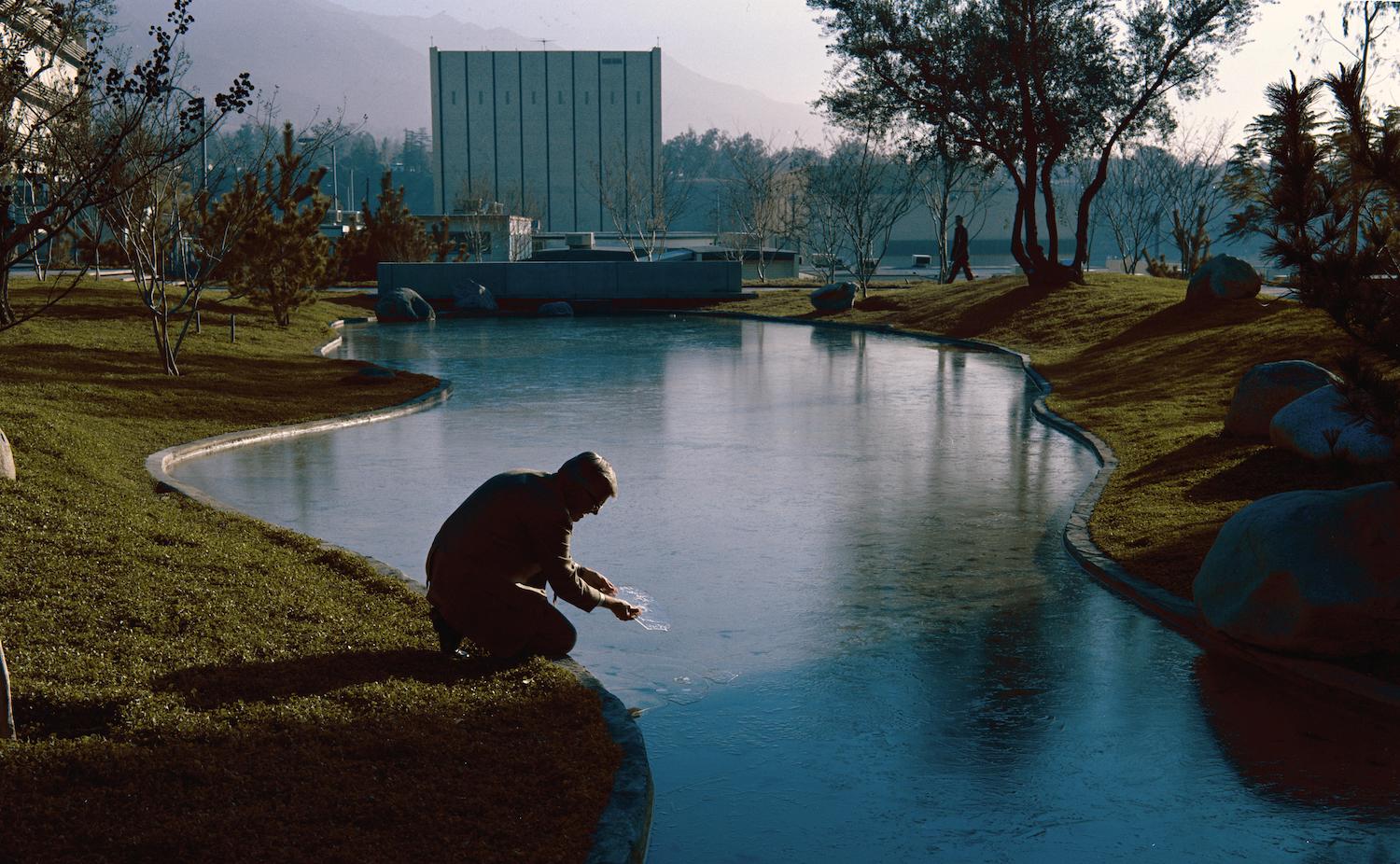
It was July 4th, 1997 and Mars Pathfinder was about to reach the Red Planet. Pathfinder was a lander set out to prove that smaller, low-cost missions could be sent to Mars. In addition to scientific instrumentation, the lander was carrying a small, six-wheeled robotic “experiment,” named Sojourner—the first rover that would roam the planet’s rugged, red terrain.
That hot summer day, Shirley, scientists, engineers, and newscasters anxiously awaited the transmission that Pathfinder had arrived safely. Science Friday was there to capture the moment on air.
When Science Friday recently caught up with Shirley, the memory of Pathfinder’s landing was still fresh. “It was the most exciting thing in my life, except for the birth of my daughter,” says Shirley, now retired in Tulsa, Oklahoma.
Pathfinder and Sojourner together ushered in a golden age of Mars exploration at NASA. Beyond Earth, Mars has become the most robotically explored planet in the solar system. Reinvigorating both the agency’s and the public’s interest in the cold, desert planet, the mission paved the path for future orbiters, landers, and rovers—including the Mars 2020 Perseverance rover, which landed this year on February 18, 2021. These rovers have proven to be immensely popular with the public.
“Sojourner proved that you could actually crawl around on the surface of Mars and really explore beyond the landing site,” says Shirley. “There would never have been rover missions if it hadn’t been for Sojourner.”
In 1993, NASA’s Mars program was coming up on a data dry spell. The team hadn’t been able to send a successful mission to Mars since the Viking 1 and 2 orbiter and lander missions in 1975. As incoming information dwindled, so did interest.
“If you’re a scientist, you always want new data,” says Matthew Golombek, Mars Pathfinder’s project scientist and a current senior research scientist at JPL. “No one was really even studying Mars because the last data was almost 20 years old.”
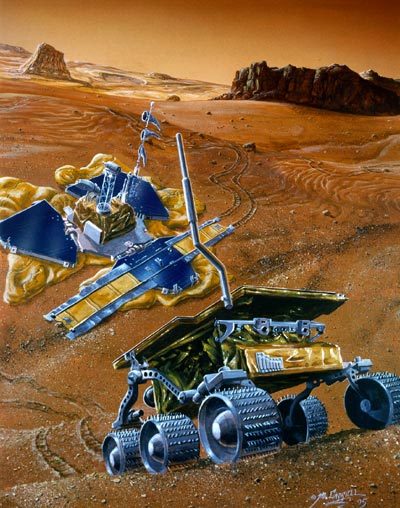
After the loss of the Mars Observer spacecraft in 1993, there was a push to get a mission back to Mars, says Golombek. But the approach would be different: NASA’s new mantra was “faster, better, cheaper” science missions, in an effort to pivot the agency towards low-cost planetary exploration. That meant that Pathfinder scientists and engineers had to complete and develop new technology under $175 million and in three years. This was a fraction of the budget and time invested in most space missions, which typically take anywhere from three to 10 years and cost upwards of a billion dollars, says Golombek.
“Most of the world didn’t think that we had any possible chance of being successful,” Golombek says. “A lot of the traditional community were pretty skeptical of why you would do something like Pathfinder.”
The odds were stacked against the mission—the small team was “equivalent of a handful of us working in our garage,” Golombek recalls. Pathfinder and Sojourner were seen more as technology demonstrations than scientific explorations, he says. “There was a fear that it would just kind of prove that you could do these things, but we wouldn’t learn anything about Mars, which is kind of silly. If you’re going to go to Mars, you might as well learn something, too. We were kind of cordoned off as a separate little group at JPL to do this mission.”
Having only sent stationary landers to Mars, NASA had expressed interest in a remote robotic vehicle. “Everybody was excited about moving, getting to other places on Mars,” says Shirley. As the team leader of NASA’s robotic program, Shirley spearheaded the rover program. “The rover was part of the technology program, but the technology program was always way underfunded compared to the science program. So I had talked the technology program into spending five times as much funding as they had ever spent on a technology experiment to pay for Sojourner.”
While originally couched as a technology experiment, Sojourner would go on to glean valuable information about the geology, chemistry, and weather of the planet. Sojourner weighed about 25 pounds and was the size of a microwave oven. It was a simple machine compared to today’s rovers, equipped with just three cameras and a spectrometer to gather geologic data.
“The rover was running around—well, was crawling very, very slowly around the surface,” says Shirley. “The lander was taking pictures of the rover when the rover was crawling around on the surface of Mars, and so we got pictures every day of what it looked like.”
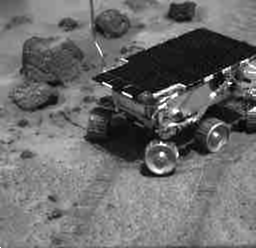
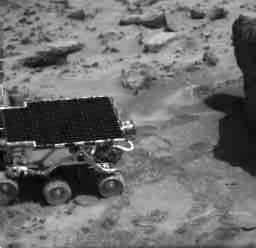
Sojourner “crawling” up on a rock nicknamed “Yogi” to take a spectrometer measurement. Credit: NASA/JPL-Caltech
Pathfinder and Sojourner landed in Ares Vallis, a rocky ancient flood plain in the planet’s northern hemisphere. Sojourner and Pathfinder provided color-rich views of the sprawling dusty Martian deserts that captured the public’s attention. The mission was on the front page of newspapers for weeks, recalls Golombek. It became one of the first “viral” media events on the early internet—NASA’s mission website was logging 45 million visits a day. In total, the mission returned 2.3 billion bits of information, including more than 17,000 images, 15 chemical analyses of rocks and soil, and new data records on wind and weather.
“Sojourner and Pathfinder got amazing science for something that wasn’t supposed to be a science mission,” Golombek says. “It really showed how you could move a rover around on the surface and learn so much, particularly if you’re studying the rocks for clues of ancient life.”
Sojourner operated for 83 days of a planned seven-day mission. And its legacy lives on.
“There would never have been rover missions if it hadn’t been for Sojourner.”
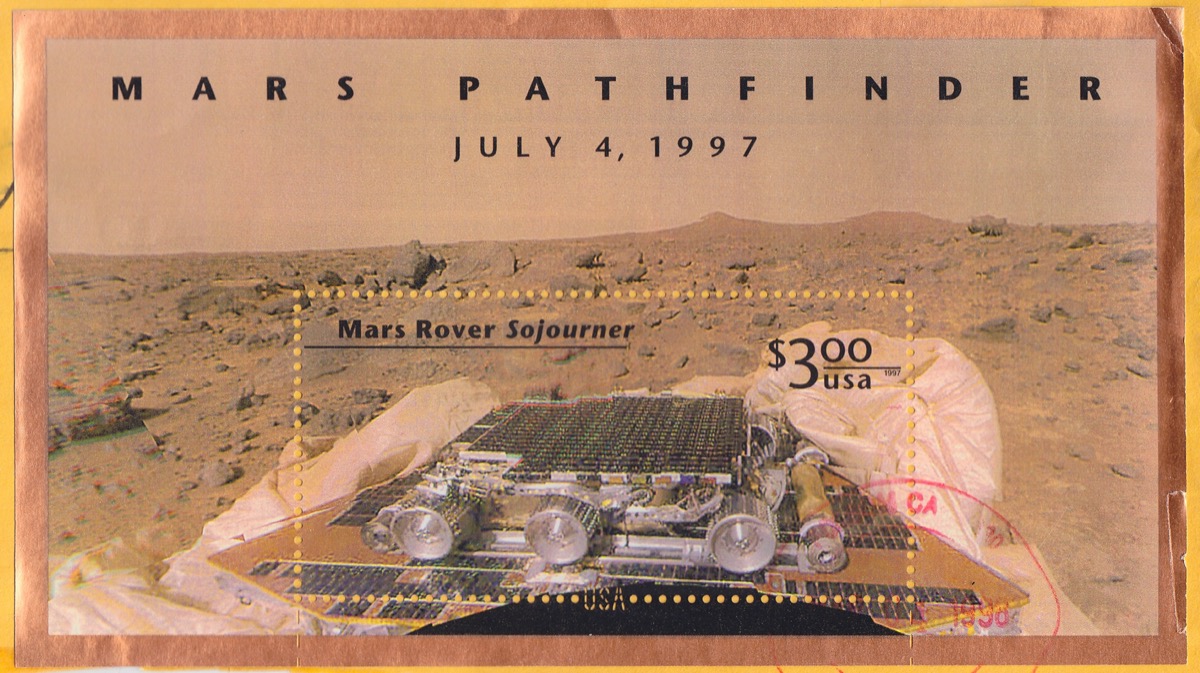
Sojourner made way for a family of Mars rovers: Spirit and Opportunity, Curiosity, and now Perseverance. Each generation of rover has gotten bigger—growing from a microwave oven, to a small golf cart, to a full-size SUV, says Golombek. The rovers can be decked out with more gear and intricate instruments to carry out more scientific objectives; Sojourner could only carry a spectrometer, while Perseverance is equipped with a drone helicopter. As technology advanced, the rovers have been able to better study climate, go on quests to find evidence of water, and stow away rock samples to one day send back to Earth.
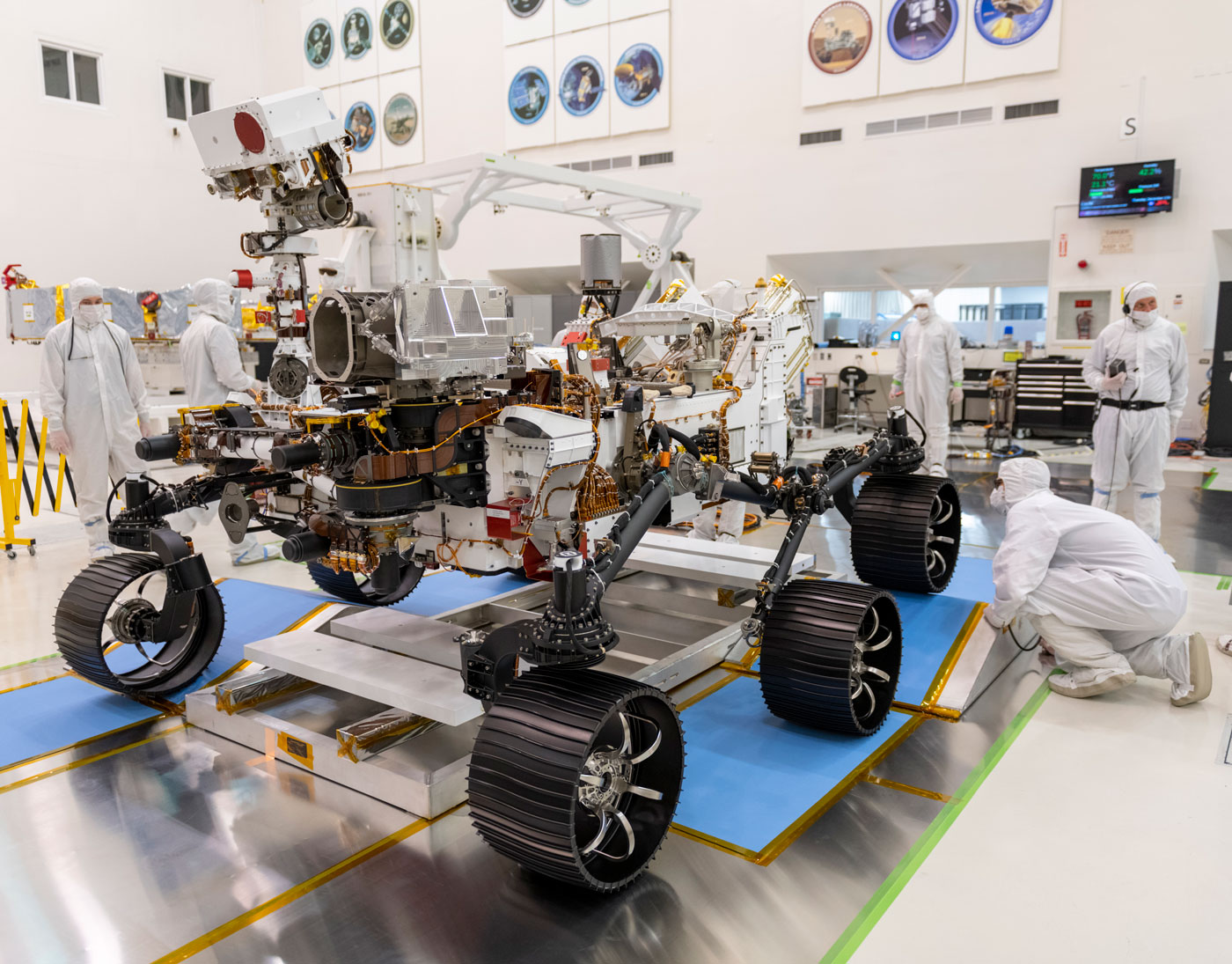
Still, wherever these robotic explorers go, a little piece of Sojourner is rolling around with them. “They all carry the same mobility system, it’s called a rocker-bogie design, that was developed from the Sojourner rover. So there’s a heritage there.”
I couldn’t find it online so I tried my best to make it myself. pic.twitter.com/u1RvLGsxBI
— Geoff Barrett 🚀 (@GeoffdBarrett) February 23, 2021
Since 1997, there’s been a string of missions to Mars. Pathfinder and Sojourner set the stage for today’s Mars Exploration Program, says Golombek. “It’s arguable that the amazing public reaction to Pathfinder really helped fuel the Mars Exploration Program,” Golombek says. “When we started with Pathfinder, there was no Mars exploration. Since then, there’s been basically a mission every Mars opportunity, which is once every 26 months.”
February 18, 2021 marked the beginning of a new chapter in the Mars Exploration Program: Perseverance. As a current Mars Exploration Program landing site scientist, Golombek continues to help select safe landing spots on the planet—a task that requires balancing scientific goals and engineering constraints. He’s played a crucial role in every site selection on Martian soil for the past 30 years, but the exhilaration of making it through the infamous “seven minutes of terror” and nailing that touchdown never gets old, he says.
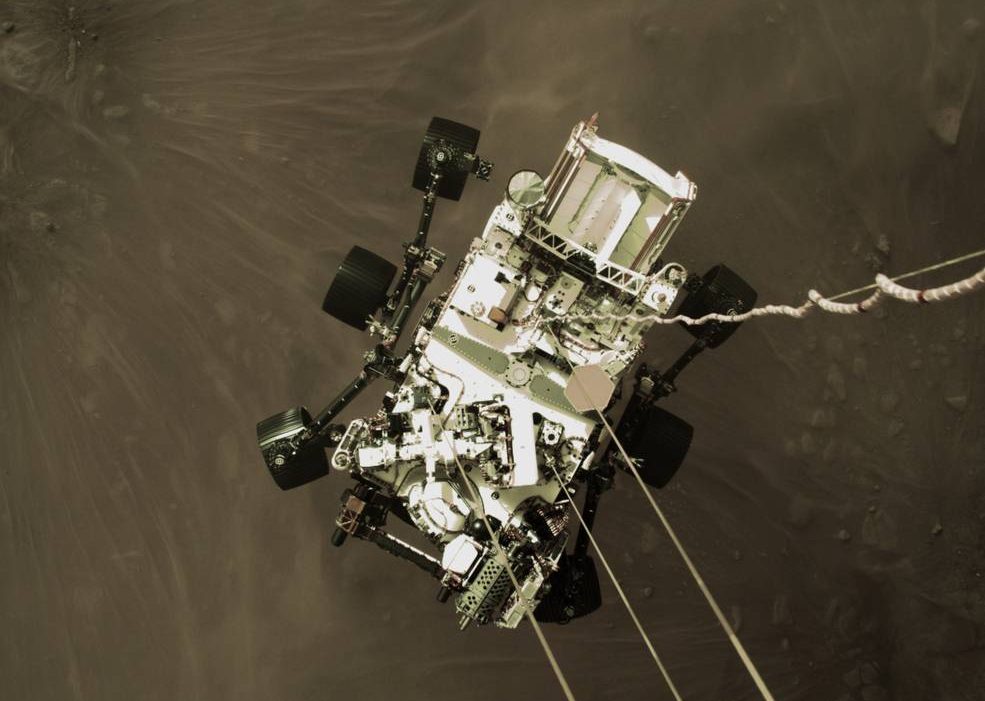
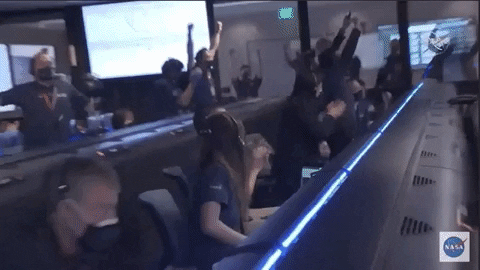
“It requires an enormous number of events that must work perfectly, and if one of them doesn’t work, the whole thing fails,” he says. “This is not for squeamish people.” Science Friday spoke with Golombek on February 19, the day after Perseverance arrived on the Red Planet. He was happy when Perseverance sent the message that it made it safely to its new home, millions of miles away.
“When a spacecraft lands successfully, no one finds it more meaningful than me because I’m usually involved in the selection of that site,” Golombek says. “One of the most important aspects of selecting a landing site is making sure that it’s safe for your spacecraft. So for me, It always means maybe a little bit more.”
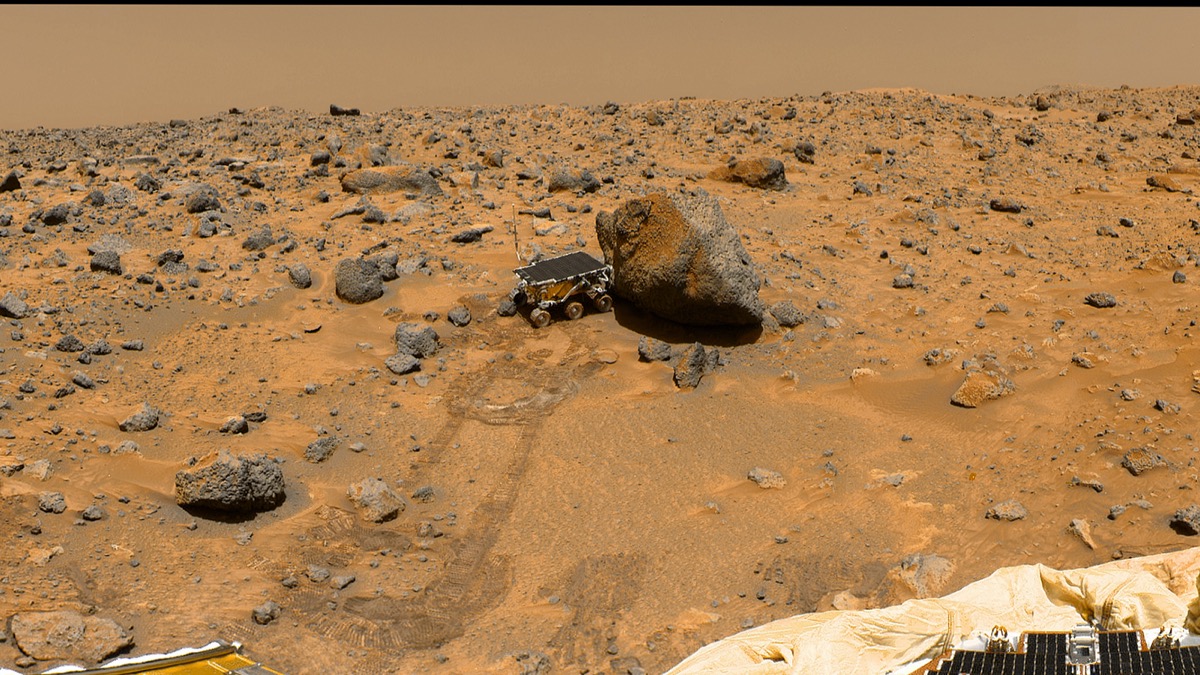
Archival interview excerpts have been edited for length.
Invest in quality science journalism by making a donation to Science Friday.
Lauren J. Young was Science Friday’s digital producer. When she’s not shelving books as a library assistant, she’s adding to her impressive Pez dispenser collection.